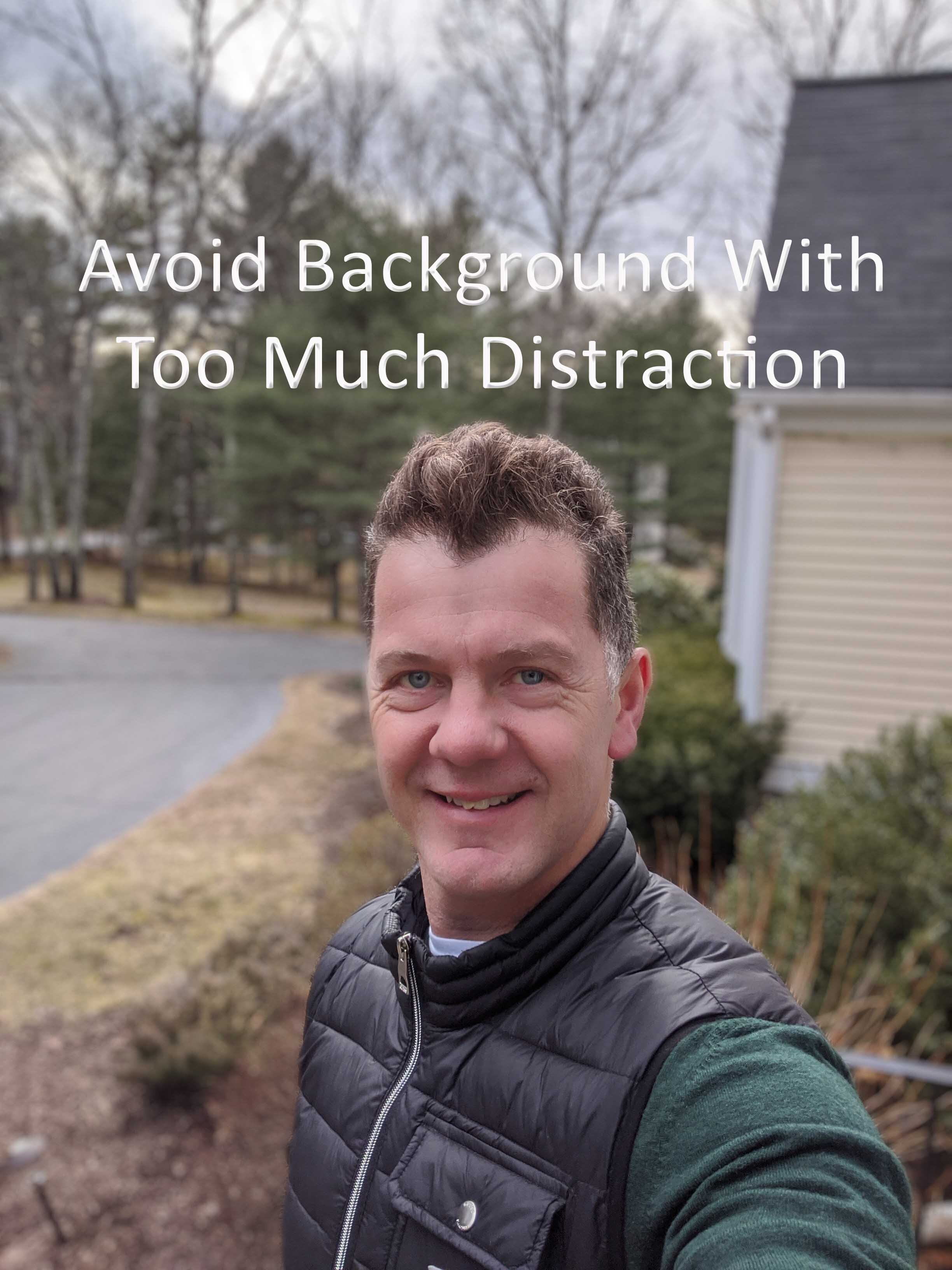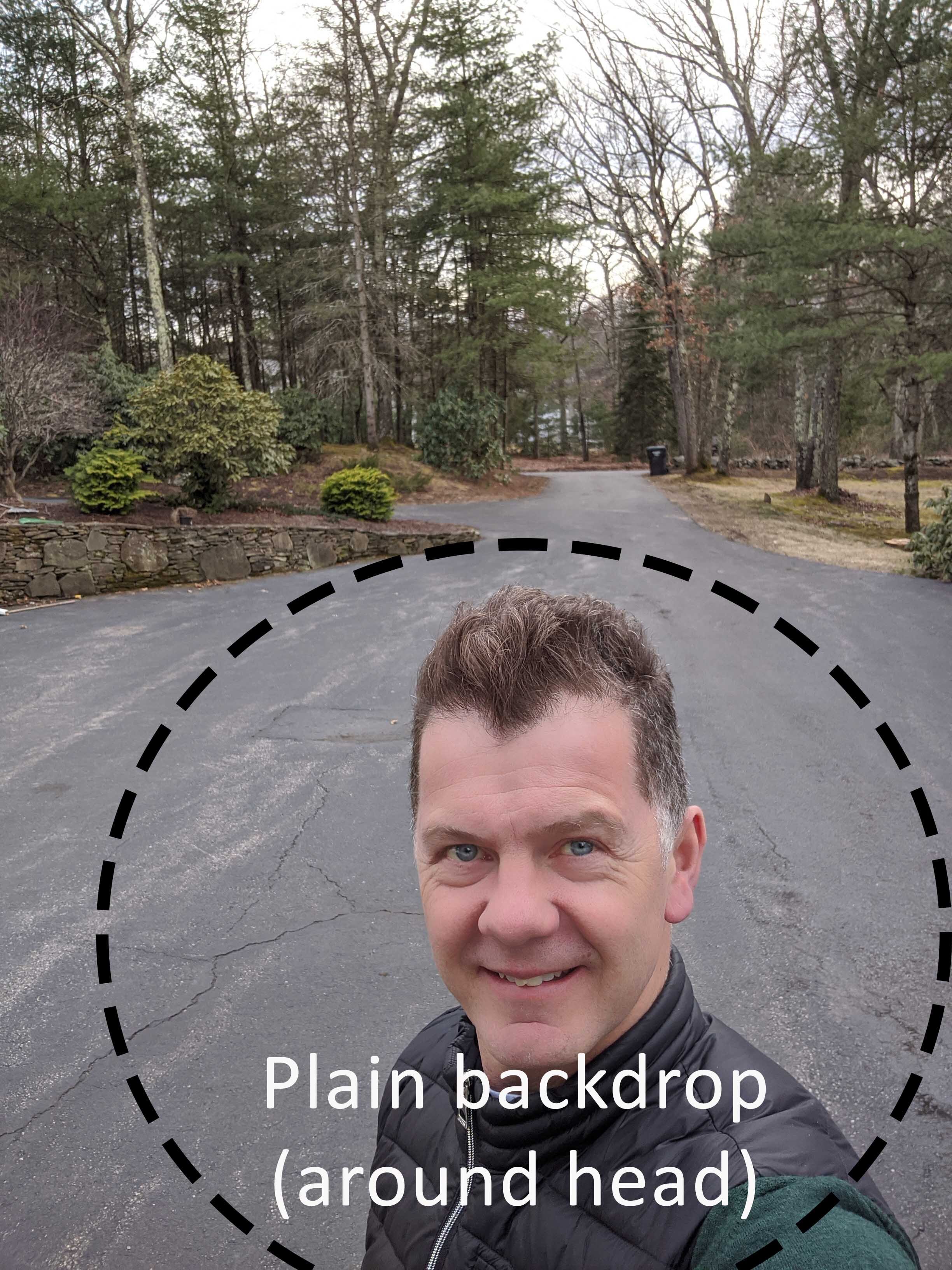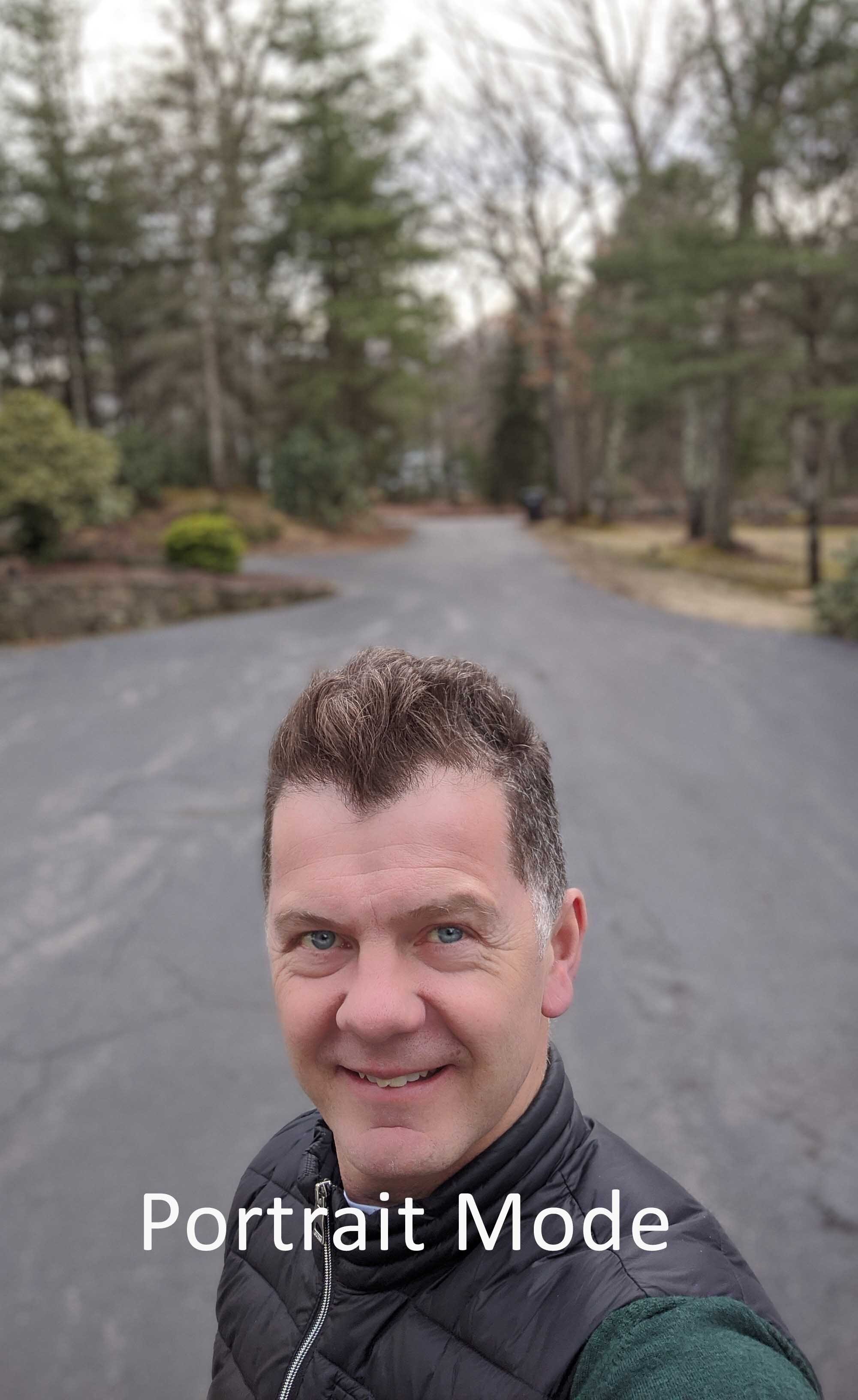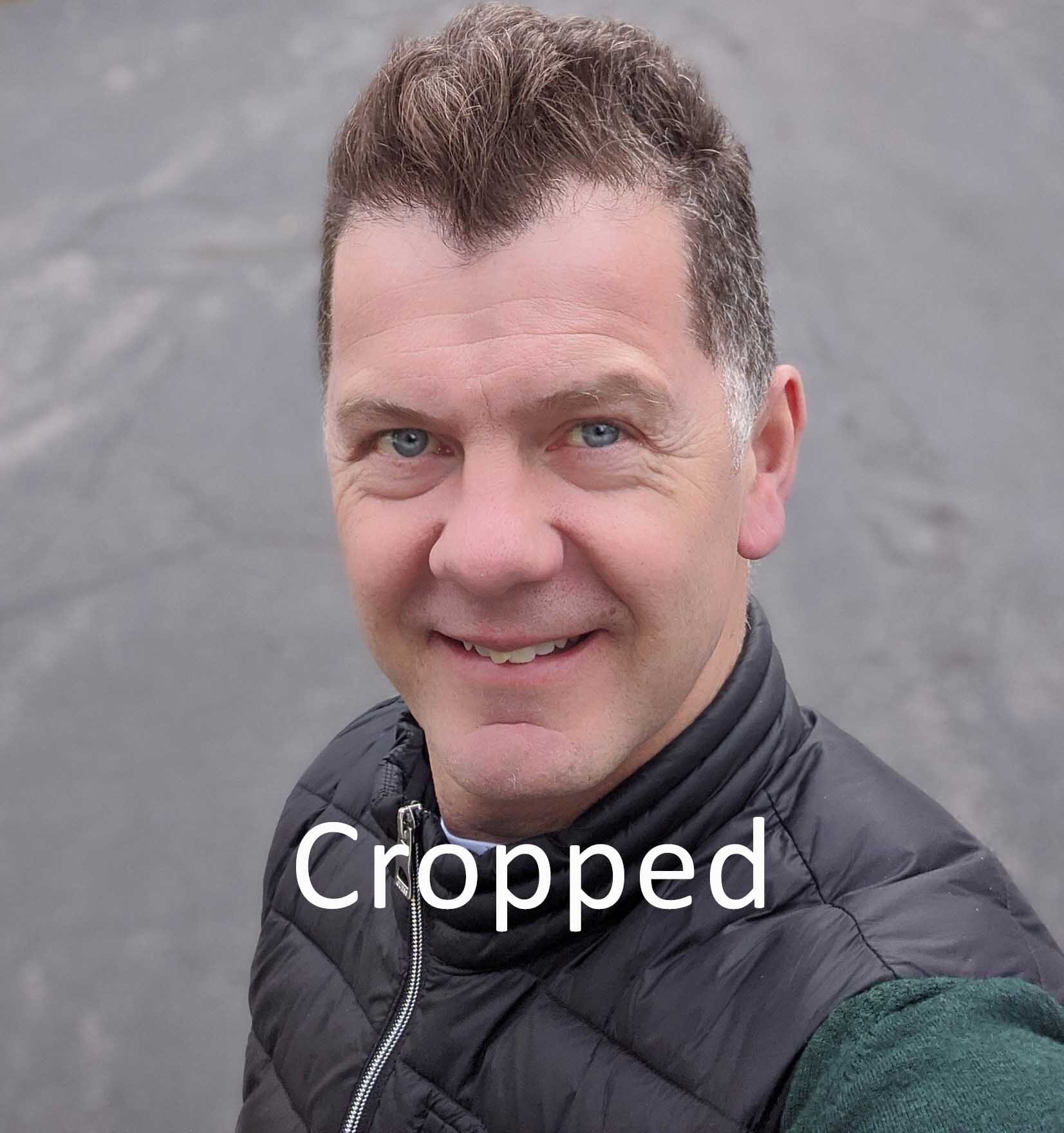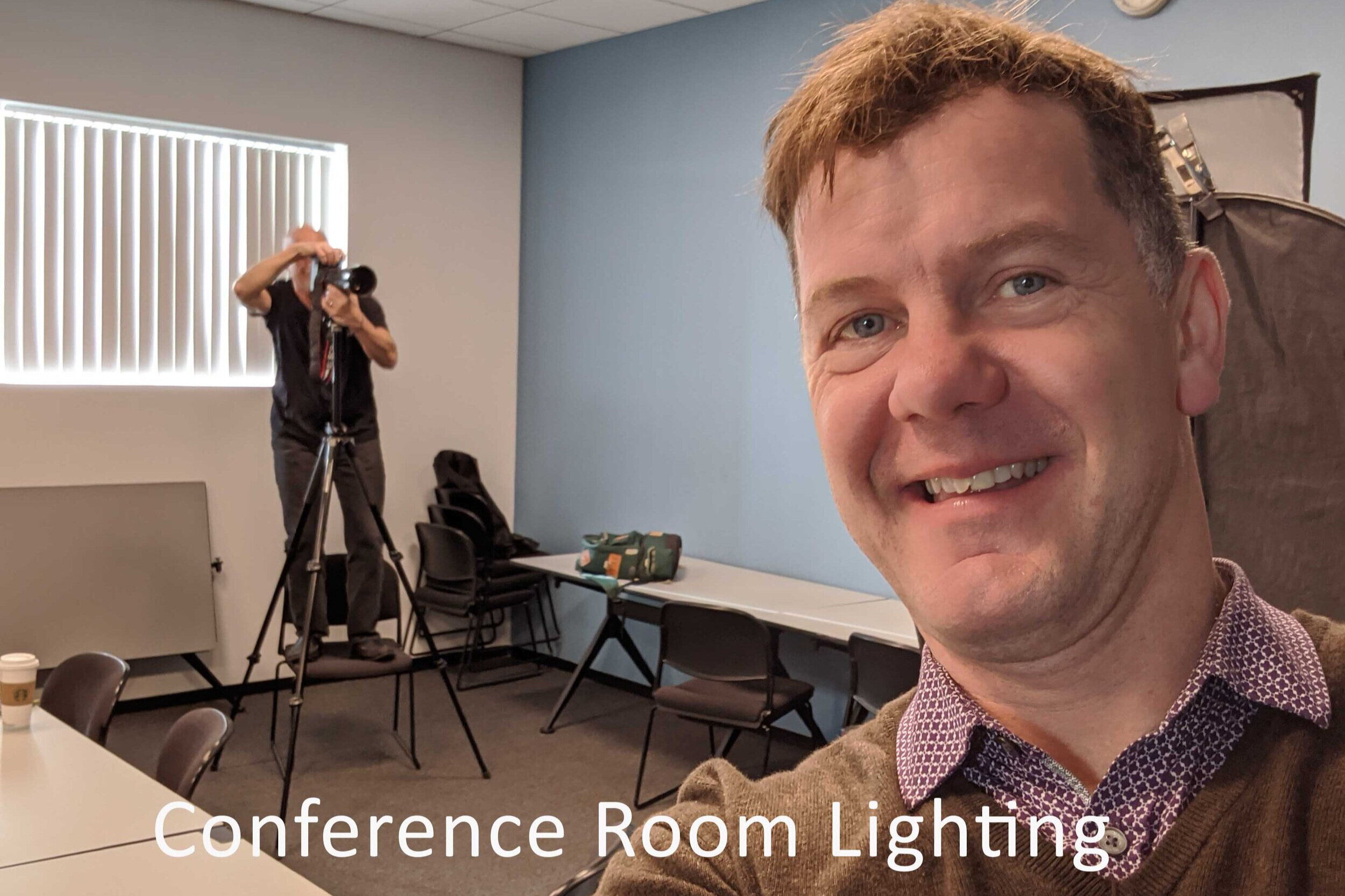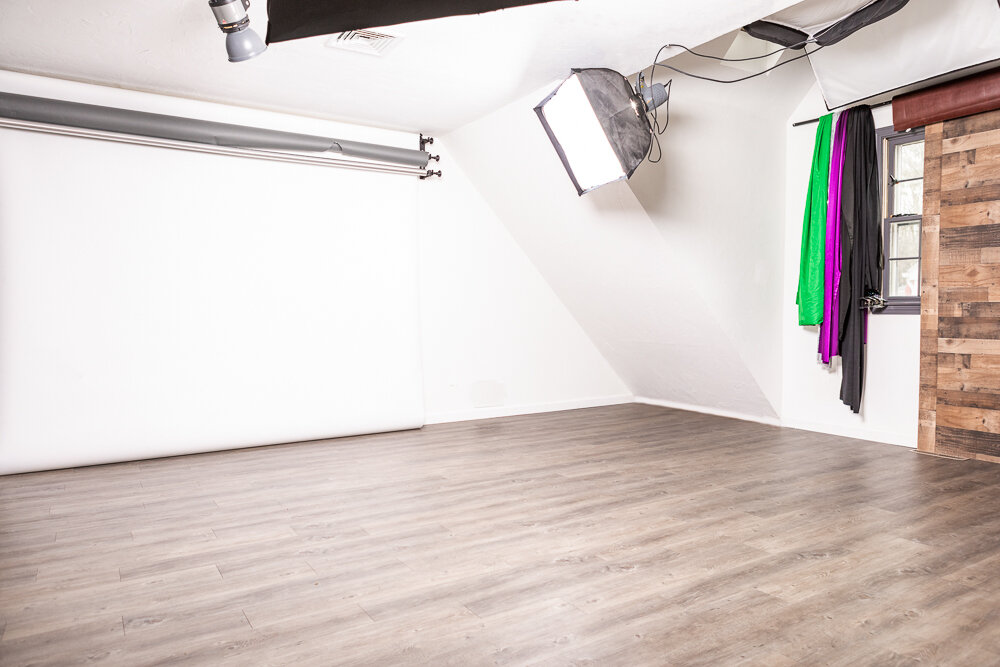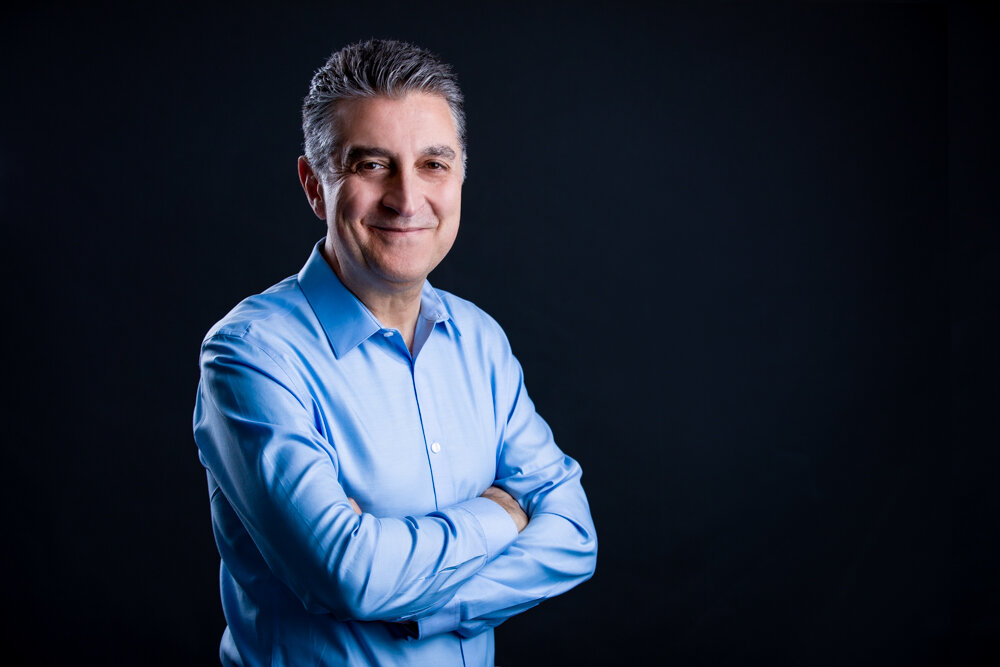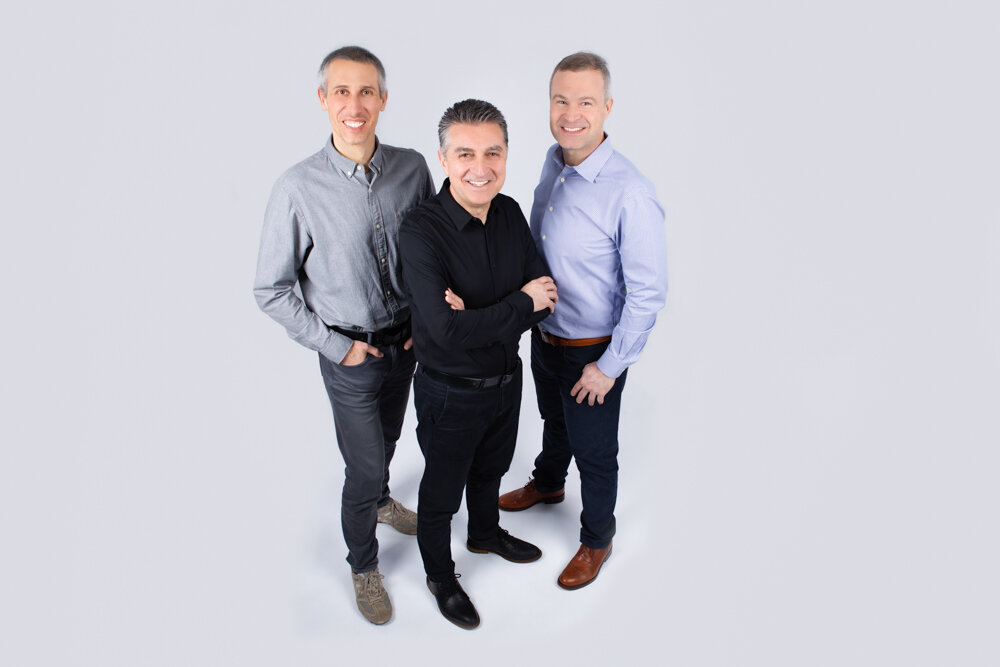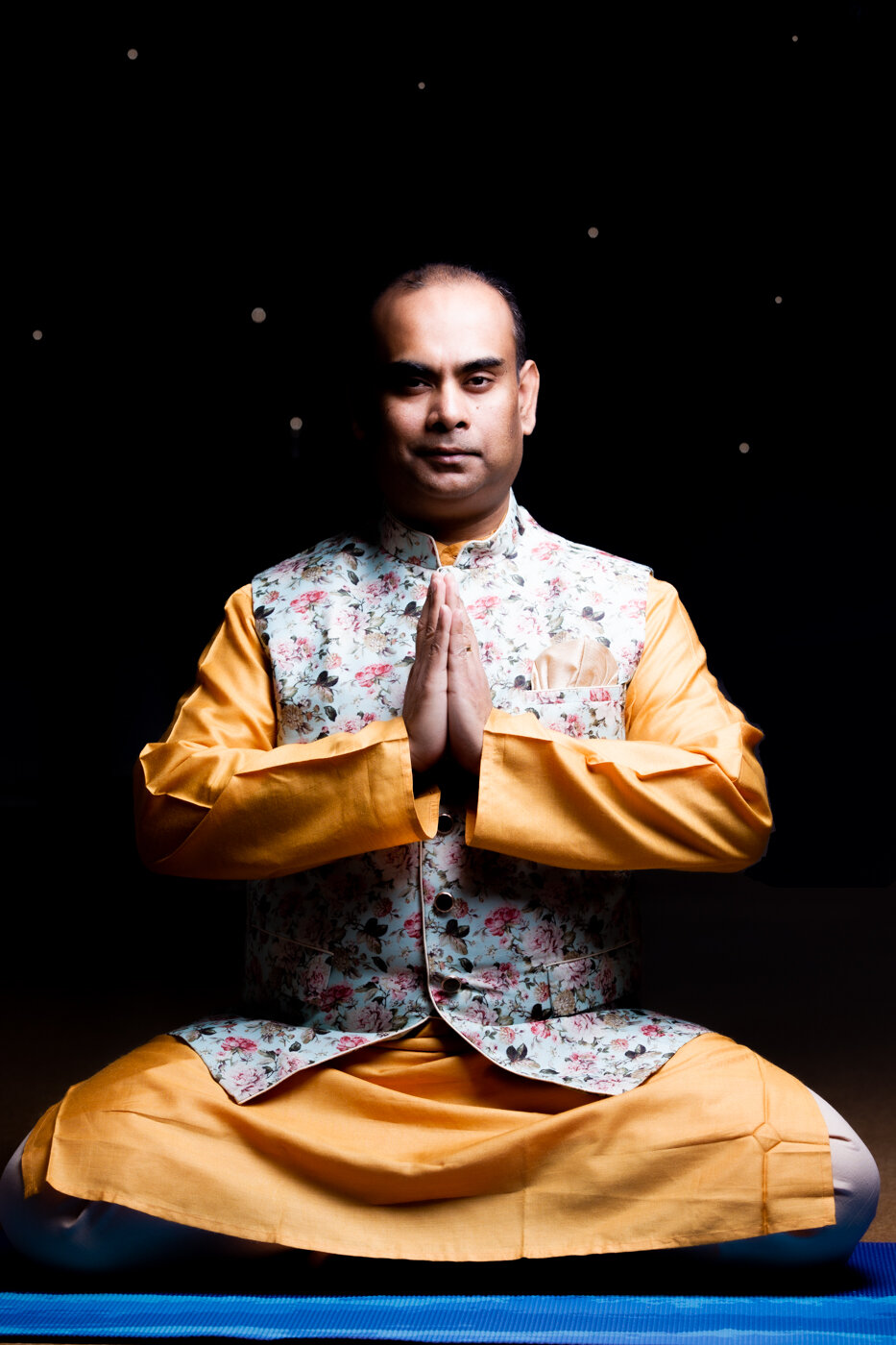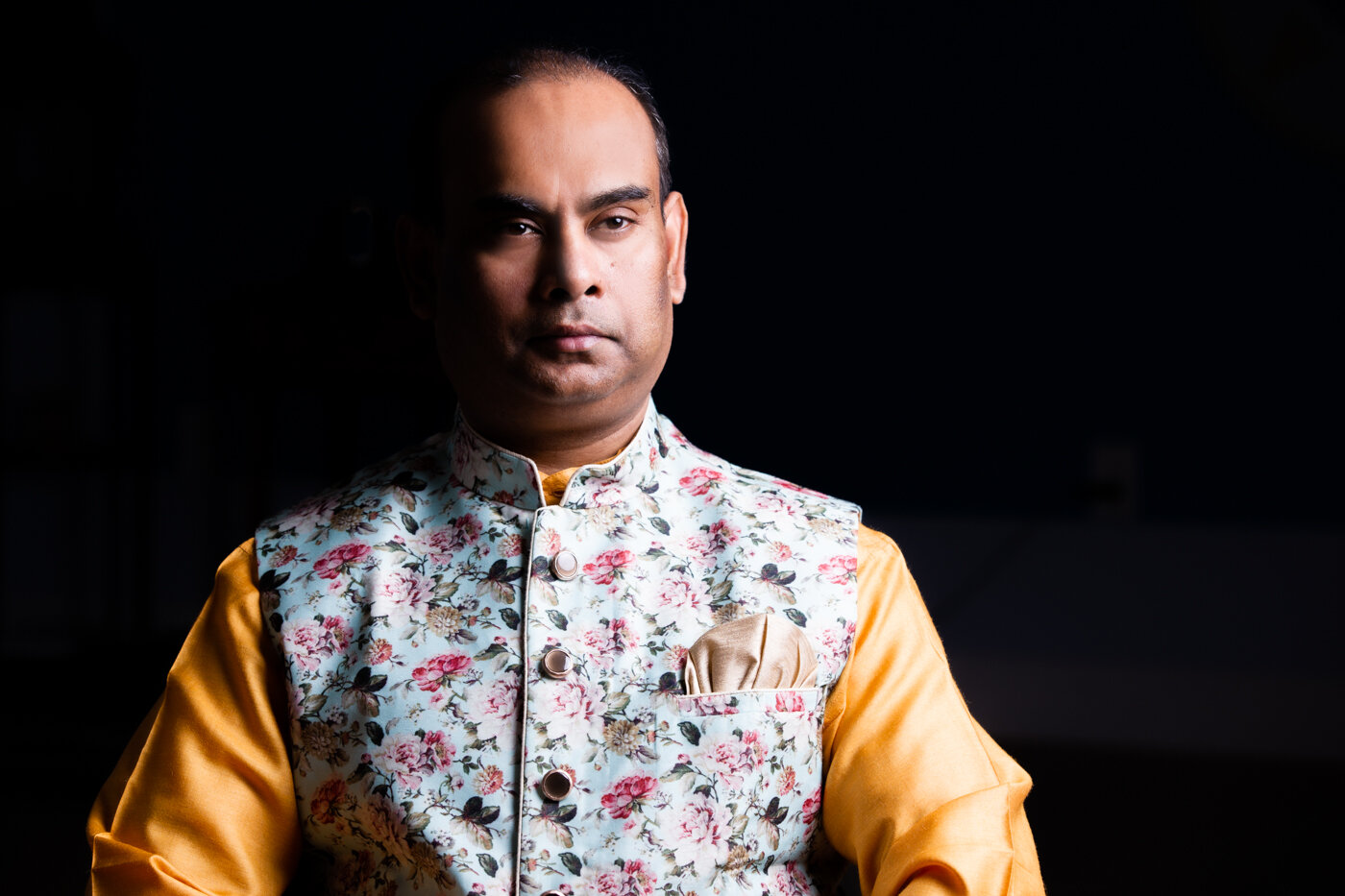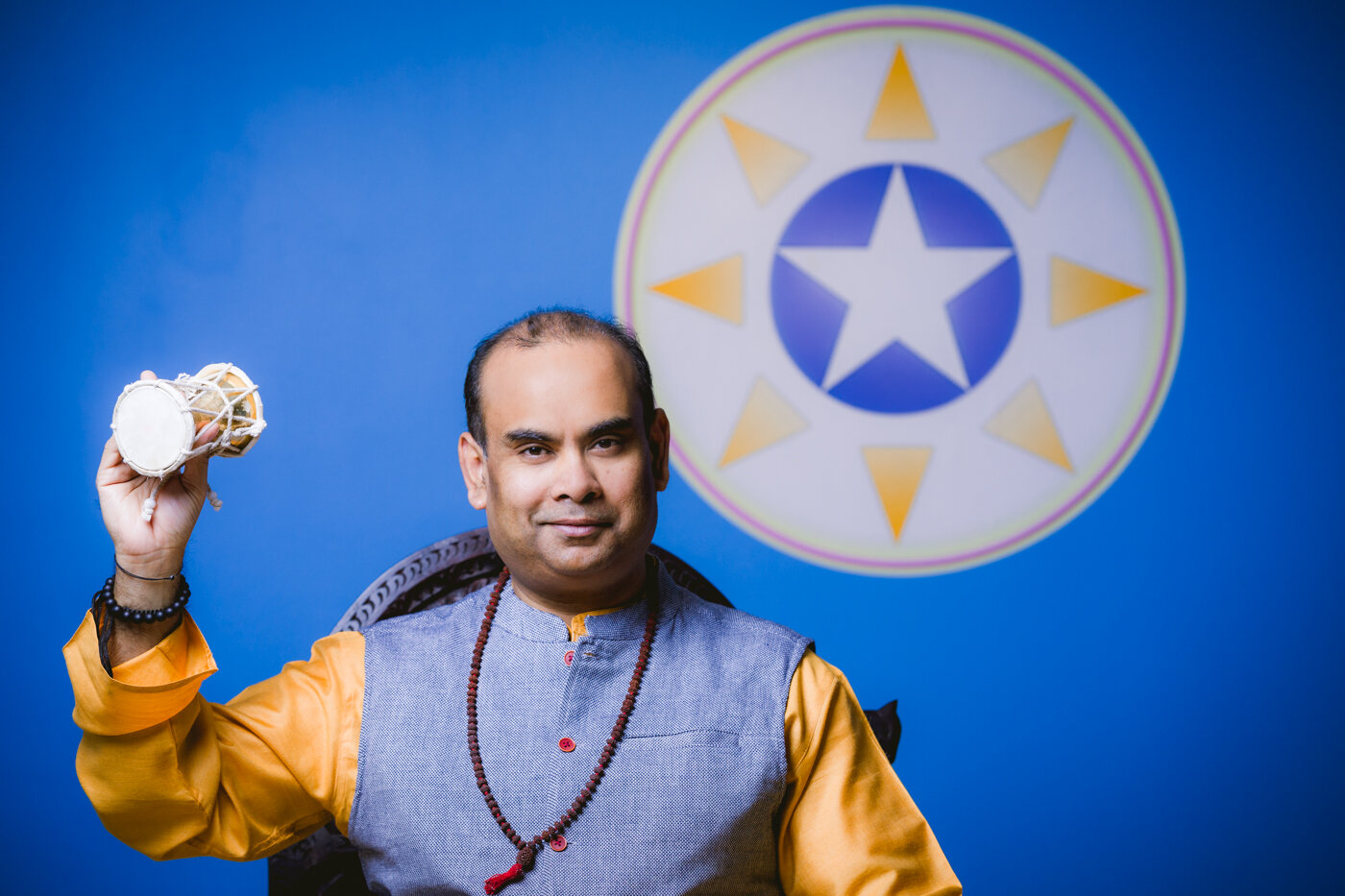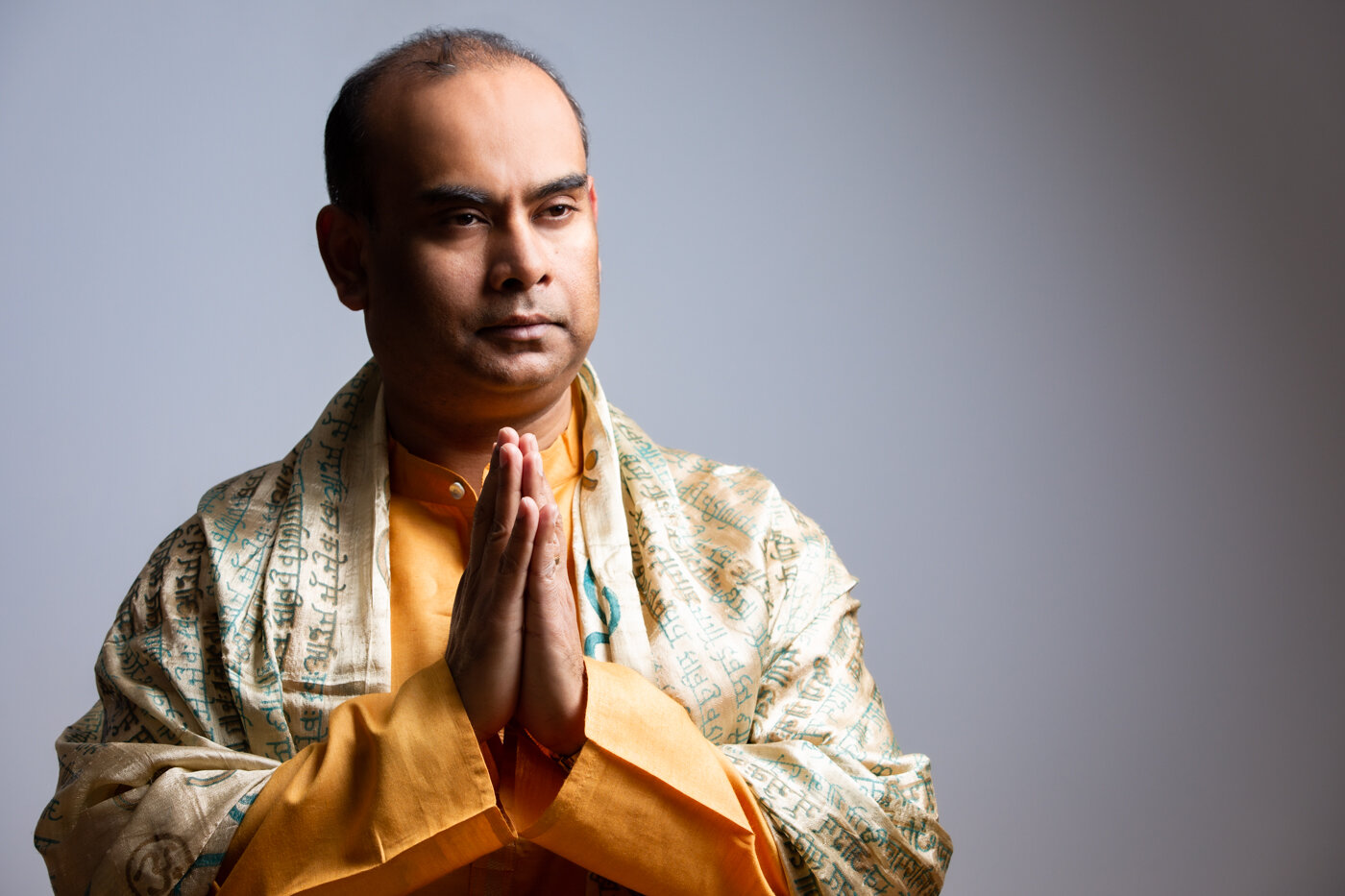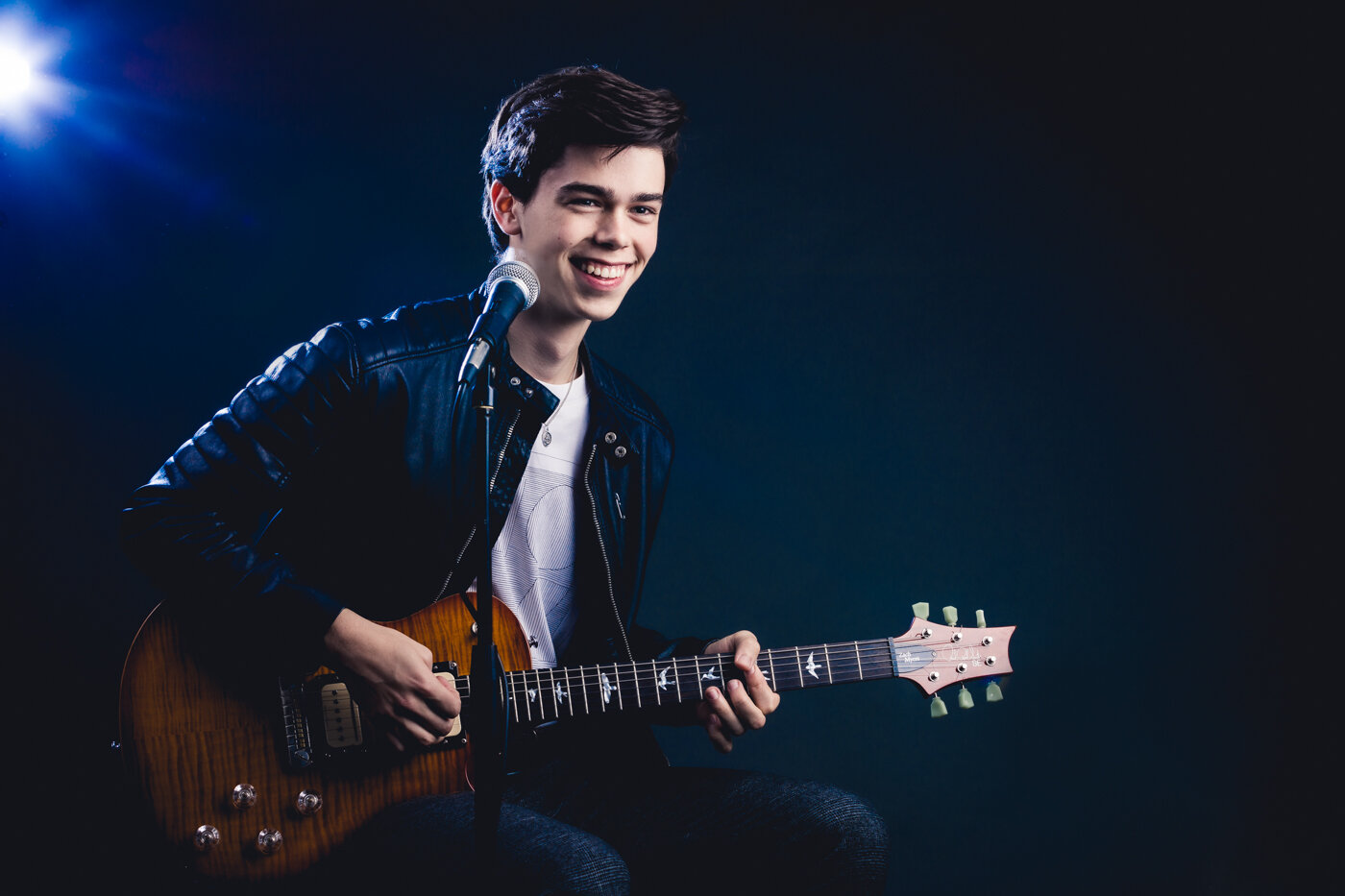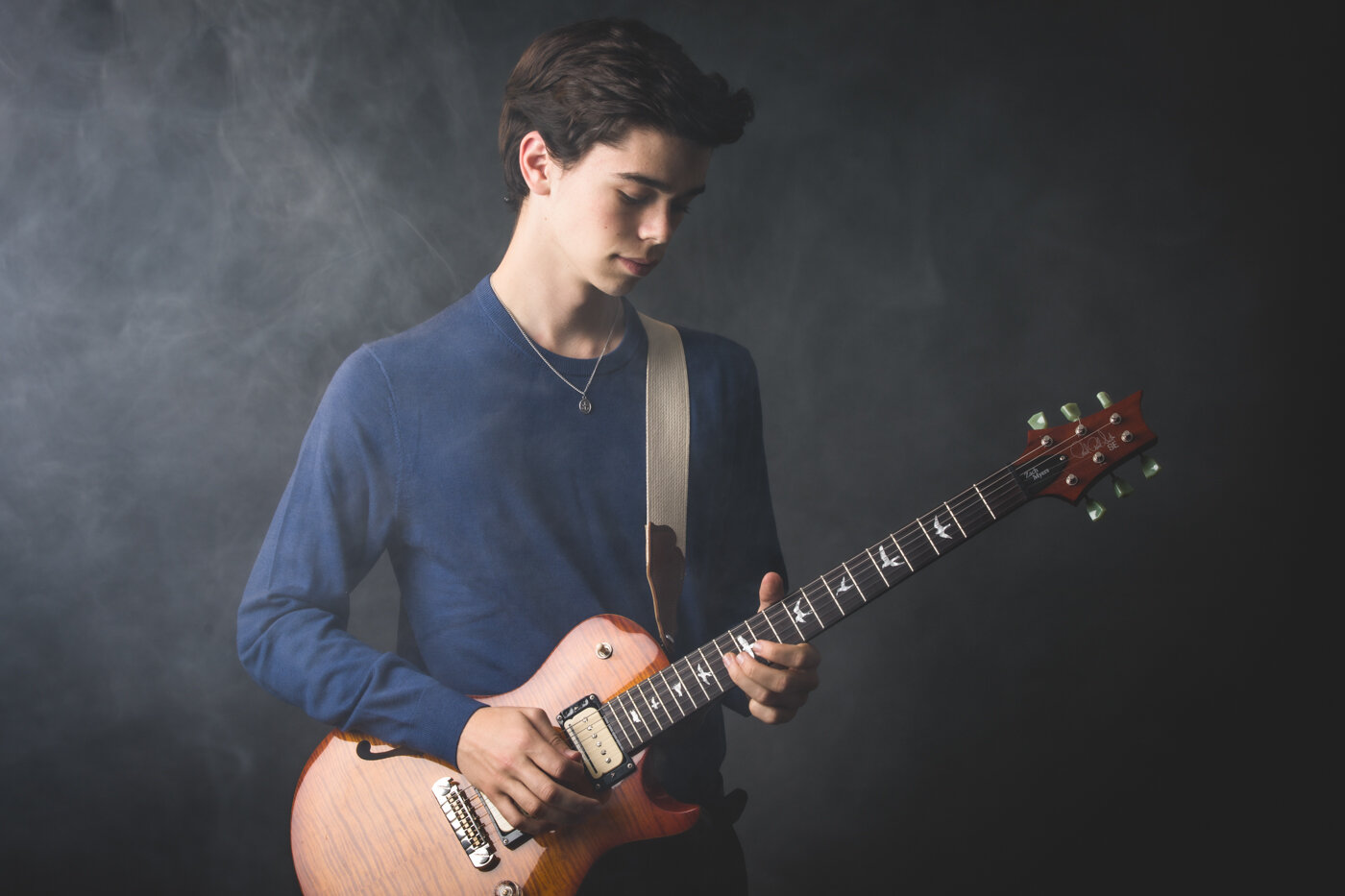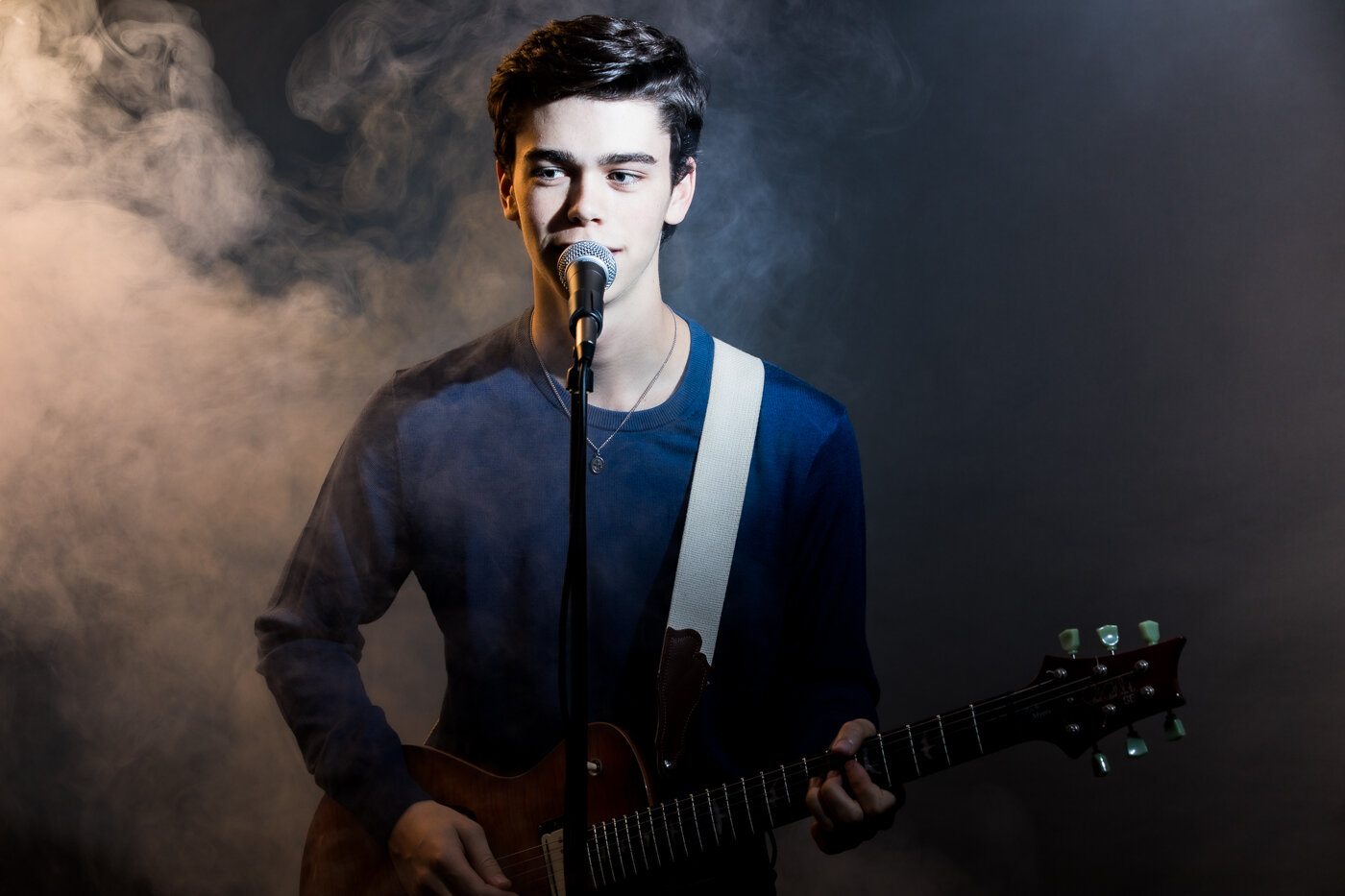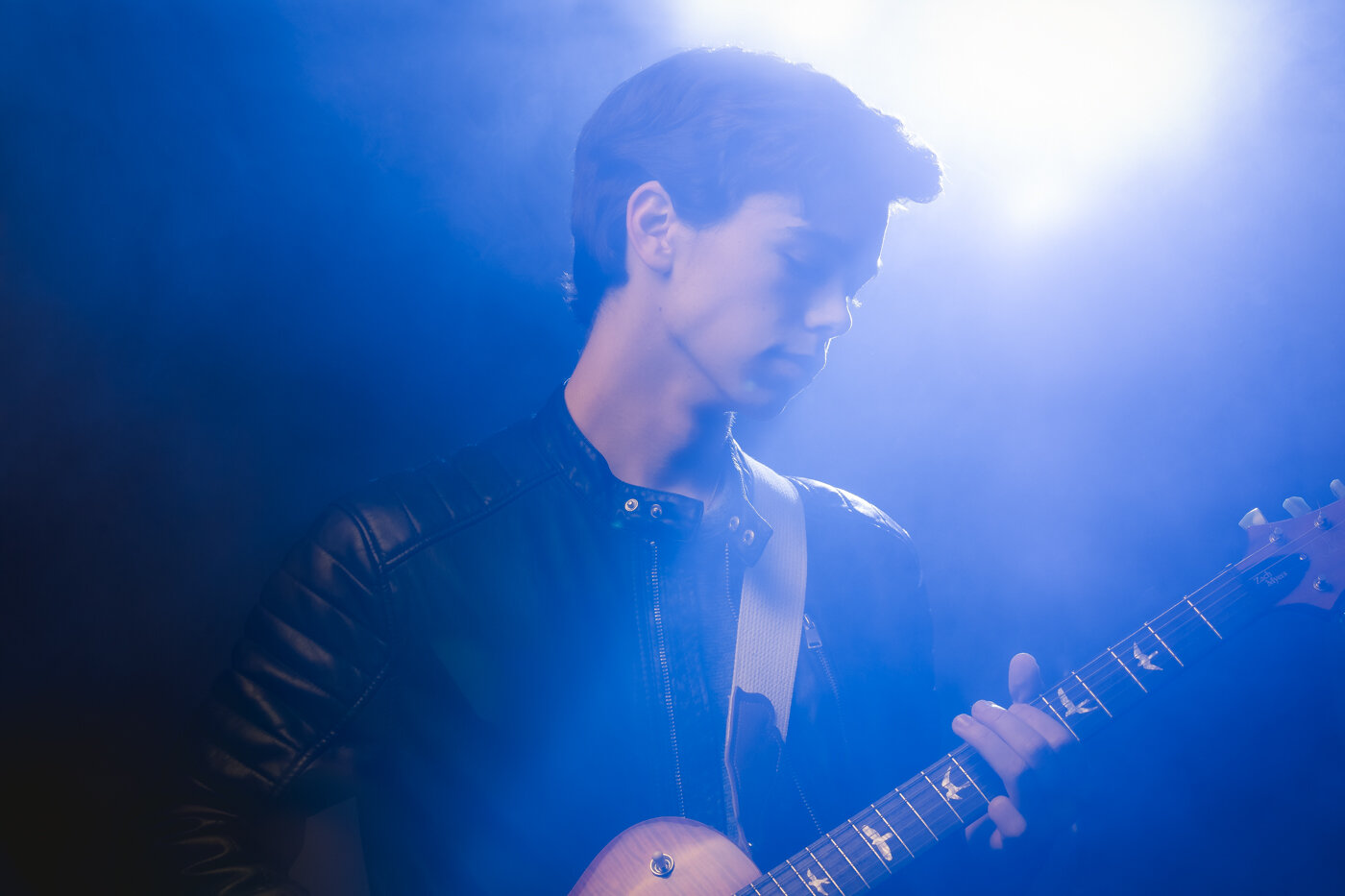Is Your Professional Profile Photo Damaging Your Brand?
Why Your Profile Photo Is So Important:
According to statista.com in 2019, 79% of the population in the United States had a social media profile, which equates to approximately 247 Million Social Media users in the US alone! Quite staggering, and this is a 2% increase in one year!
What we say and do on social media defines our online “personal brand”. So, it’s become increasingly important to represent our brand in the best way we can, which ultimately starts with your profile photo.
It’s fair to say that by not having a “half-decent” or updated profile photo (less than five years), on your professional social media account, such as LinkedIn and/or Twitter, it is likely damaging your brand in some way.
This article was written to help anyone who needs to update their online professional profile photo, and for businesses, updating their website’s “About us” or “meet the team” pages with executive headshots. I hope you find it useful.
There are two options to improve or update your professional profile photo:
1) D.I.Y Mobile Phone Headshot:
The good news is that the cameras in our phones are getting better all the time, and since the introduction of “Portrait Mode”, it’s possible to get some fairly good results.
If you opt for the camera phone route for your professional headshot photo, here are some tips to get the best results possible from your phone:
1) If your phone has a “Portrait Mode”, use it.
2) Find a place which has even, soft light. If outdoors, the best conditions would be an overcast, cloudy day. If it’s a bright sunny day, find a shaded area and make sure that the background is the same level of light as you are situated. I.E. The background shouldn’t be flooded with direct sunlight.
3) Find a background that is plain, and even in color and light to the area, you are standing in, and ideally, one which is a darker tone than your skin. Otherwise, your phone camera will underexpose your face!
4) Put as much space between you and the backdrop as possible, to prevent unwanted shadow.
5) If taking a “Selfie”, again use the Portrait mode, then switch the self-timer to at least 3 seconds. Those 3 seconds will help you to compose your shot and your expression!
6) Take a few photos and I recommend enhancing your favorite with the editing software which comes with your phone. I usually increase the exposure a touch and crop the photo so that your eyes are in line with the top third of the frame.
2) Hire a Professional Photographer
Hiring a Professional for your headshot is the way to go if you’re serious about your personal brand. But how do you find a photographer near you that will give you the results you need in order to portray the best version of yourself? Headshot Photography is a niche. I recommend to not just simply hire “a photographer”, but to find one who specializes in headshot and portrait photography. Just like Newborn / Infant Photography or Wedding Photography, a quality headshot requires someone with experience in that field.
Why choose a Specialist?
The fact is, most people, get nervous and anxious at the very thought of having a headshot photo. But this is where the interpersonal skills of a professional portrait photographer must shine.
In order to capture the true essence of someone’s character, they must have the ability to calm nerves and to help their client relax, and in a short space of time. This is probably the most important aspect of headshot and portrait photography. If someone is nervous throughout their photo session, it will show in the final photos. But a decent portrait photographer is (or should be) skilled at helping anyone and everyone overcome camera nerves and fill their client with confidence and energy. They should make it a fun experience, and not like a visit to the dentist!
Take an event photographer, for example, who is skilled at capturing and documenting events and candid moments. I’ve personally covered 100’s of events but compared to a portrait session, there is very little, if any, one-on-one interaction between an event photographer and their subjects (people). In other words, a decent event photographer may not necessarily have the added qualities and personality needed to be an excellent portrait photographer. So choose your photographer wisely.
The second most important thing to consider before hiring a photographer for a headshot is to know if the photographer has the skills and ability to work with professional lighting.
Here’s why.
Natural Light Photography:
A decent “natural light” headshot can be stunning but it requires an experienced photographer and nice, soft light conditions. For a professional using only natural light (No flash or studio strobe lights), the key is finding an area, space or location with soft, even lighting.
But the challenge for a photographer using natural light only, is that it may not be possible to find that light when it’s needed! I can think of dozens of situations where I have been invited by a business to take headshot photos of all their employees, and the only available room is a windowless conference room, with tungsten, overhead lighting! (I.E. Terrible lighting for a photo).
It’s for this reason that most Photographers who only use natural light, prefer to work outside. But then weather and the seasons will dictate the time and day of any photo session! Having a headshot outside in the middle of a snowstorm or torrential rain, wouldn’t be much fun for the Photographer or their client.
Professional Headshot with Studio Lighting:
A huge benefit and overwhelming advantage of having a professional headshot or portrait session in a photography studio are that every single aspect of lighting is controlled by the photographer. It doesn’t matter what time of day is, which day of the week or season it is, a studio headshot photographer can perform their craft 24 x 7. (If they really wanted to, but you get my point)
Studio lighting provides many other advantages. An accomplished studio photographer understands how to manipulate and shape light in such a way as to completely change the way a person or group of people are portrayed. For example, to create a feeling of authority, experience and importance for a CEO, Entrepreneur or an Author for example, a more “cinematic” headshot will portray a very different look and feel to a more traditional, evenly lit headshot.
Studio lighting really makes a headshot or portrait “pop”, especially when using a two, three or four light set up. Carefully placed lighting separates a person from the background of the surrounding. This means that the viewer’s eye is naturally drawn towards the person’s face.
Beyond a business headshot, lighting can also be used to create special effects, and when a situation arises for the need to get really creative, combining lighting with studio fog, for example, can provide some very dramatic results!
The Takeaway:
Ultimately, the biggest takeaway, is if you would like your professional headshot or portrait to portray your character or your business brand in the most authentic way possible way, the best option is to choose a headshot and portrait specialist. One who is professional, a good communicator, and one who can create stunning results every time, even in a poorly lit room!
Thanks for reading!
Stuart Beeby Photography

